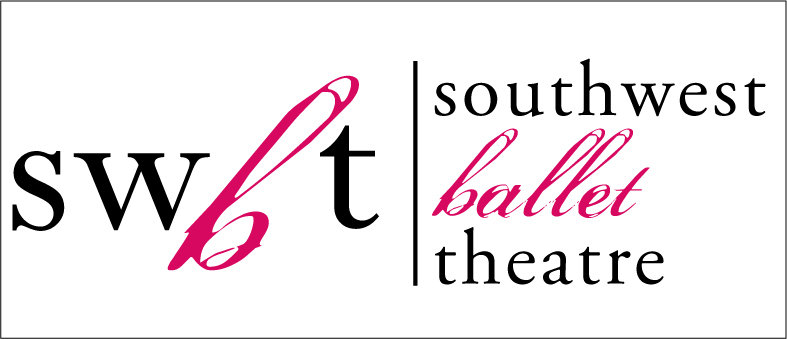About Lower Division Placement and Pointe
In the lower division, each dancer is considered individually based on their experience and skill. As a curriculum-based program, students are not typically promoted midyear, though each dancer continues receiving evaluation on growth and progress. The expectation is that students will remain in a level for more than a year in order to establish clean technique. The School Director has the right to guide and place the dancer in the appropriate level to provide the best possible experience for the dancer.
Levels 1 & 1B and 2 & 2B
Levels 1 and 2 are each designed as two-year progressions. The first year of a level focuses on establishing a foundation of basic ballet technique. The second year of a level — denoted by ‘B’ — challenges dancers’ skills while refining their technical foundation. The expectation is that dancers in 1B and 2B act as leaders and good examples for newer dancers.
Level 3
In Level 3, dancers will take prepointe to prepare them for pointe work. Each dancer is evaluated individually regarding pointe readiness. Taking prepointe does not guarantee that a dancer will progress to pointe shoes within the same year. Training en pointe is an advanced technique which requires dancers to have mastery of ballet concepts and control of their posture and coordination. For a student who does not have this mastery, the potential risks of physical injury are real and SWBT takes pointe training and the physical safety of students seriously. Instructors consider bone development, strength, technical skill, core stability, and emotional maturity when assessing pointe readiness.
Any questions or concerns about pointe training should be discussed with the School Director.
Any questions or concerns about pointe training should be discussed with the School Director.
The School Director and instructors will consider the following elements to assess a student’s readiness for pointe:
- Age (must be at least 11 years old)
- Previous training (must have 3-4 years of formal ballet training)
- Current training (must take 2 ballet classes per week, 3+ ballet classes per week is recommended)
- Physical development: strong feet, legs, core muscles, core-distal coordination and strength
- Flexibility: foot and ankle mobility
- Correct anatomical alignment and technique
- Emotional and psychological maturity
